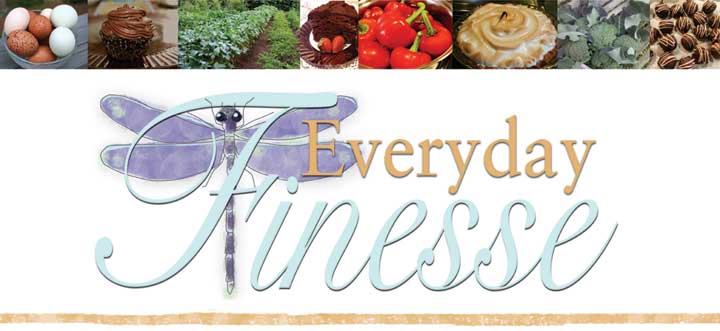Monday, December 5, 2011
This morning I almost drove past this tree on my way to work. I checked the rear view mirror to be sure I wouldn't be rear-ended, and quickly turned into a parking lot to take a photo of this great tree covered with one of my Christmas favorites, mistletoe.
My son called one day last week and told me he was bringing by some mistletoe for me. He found some low-hanging mistletoe and wanted to bring me a bunch. Of course I was thrilled. I am hanging it and will be tying bunches together with red ribbon to hang in our doorways and to put in arrangements.
Mistletoe is one of those plants that is both universally loved and greatly maligned. It is very important in our forest ecosystems because it helps to feed overwintering wildlife. Birds, and some insects and mammals eat the berries and leaves to sustain them through the winter months.
Though we don't usually notice that mistletoe is growing in our trees until winter comes and the trees lose their leaves, we see the evergreen clumps all along the roadside at this time of year. I believe what I have seen in this area is the European mistletoe, native to Great Britain, but there are over 200 species of this plant worldwide. It is a semi parasitic plant and has a symbiotic relationship with the host plant, usually a tree.
It is generally thought of as a positive, rather than negative plant for trees because of the benefit to birds, though the mistletoe can occasionally be more of a pest if it grows to the point that it smothers and kills a tree limb. Mistletoe might be more beneficial if controlled rather than stopped, for this reason.
The plant is in the order Santalales (perfect), and like most other Christmas plants, with the exception of the Christmas tree, is considered poisonous to humans and pets, though how poisonous is disputed by some. I would advise against ingesting berries, leaves or tea made from the mistletoe plant. It should be kept out of the reach of small children and animals.
Mistletoe can be dried and kept indefinitely by hanging it upside down in a dry place. I have also read that it can be frozen and refrigerated to keep it like new for Christmas celebrations. I have not tried this.
Though the tradition of kissing under the mistletoe was, not surprisingly, started by the Scandinavians, Washington Irving made it a popular past time by writing that young boys would pluck a berry after luring a girl underneath the mistletoe for a kiss. Of course after all the berries are gone, the kissing must then end.
Mistletoe is a traditional "good luck" plant as we see in this old postcard I found online and I love the fact that mistletoe has been the state flower of Oklahoma since 1893, though they also have a state wild flower and a state rose. I can also remember my dad bringing home mistletoe and holding it over my mom's head while kissing her. It is still a great memory for me.
Today, if you goggle mistletoe, the most likely thing you will find is a video of Justin Bieber singing about kissing his girlfriend under the mistletoe -- not my favorite video. I am much happier with the YouTube video where Frank Sinatra sings, "Oh by gosh, by golly, it's time for mistletoe and holly."
I will leave you with that link. Happy Decorating!
Subscribe to:
Post Comments (Atom)





What a nice post, so much to learn about mistletoe! And thank you for providing the link. Joanie
ReplyDelete